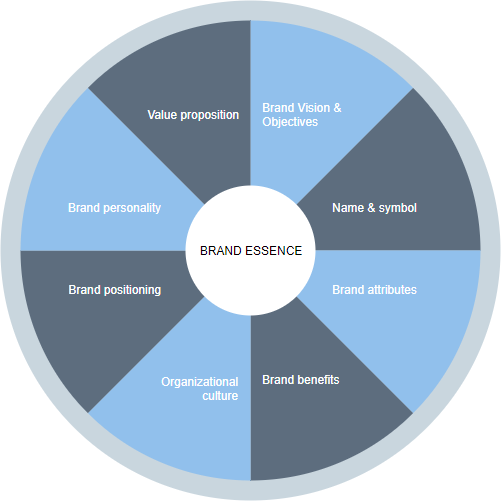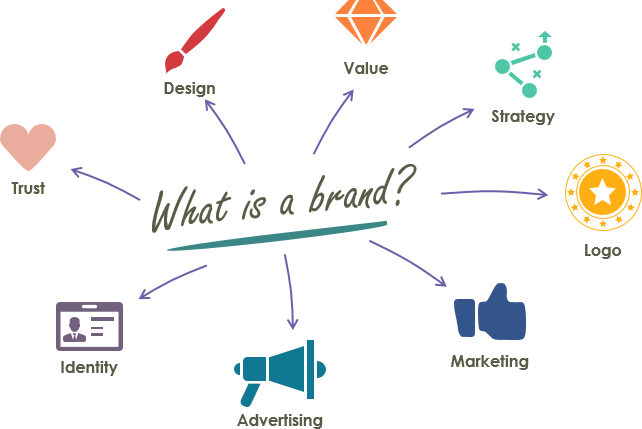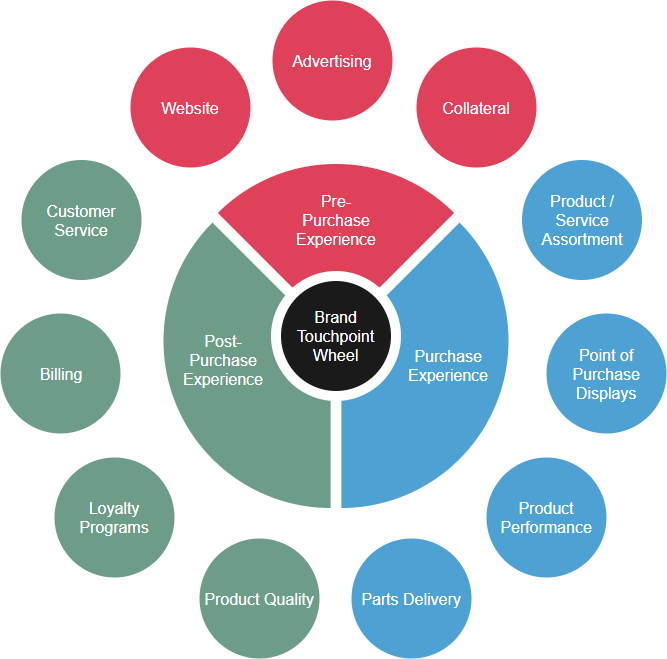On the consumer market, companies that sell products try to distinguish themselves at a brand level. For example, what is the reason Coca-Cola has a different target group than Pepsi Cola? How is it possible that a beautiful sports shoe from an unknown brand (often many times cheaper) cannot compete with famous brands such as Adidas and Nike?
A business often spends considerable time developing effective ways of expressing the brand essence of their company by highlighting the unique benefits the value of the product is provided. The use of the brand essence wheel is a marketing model published by Bates in 1995 for communicating the conceptual refinements of a brand that helps the company gain a deeper understanding of the existing as well as potential customer’s view of the brand studied.
On the consumer market, it’s all about the emotion behind brands and the feeling what it yields for the consumer. This entire psychological approach can be captured in the called Brand Essence Wheel (or known as the brand wheel), which helps companies to create and define their brand identity. It is a good way to defend their product and brand and to differentiate themselves sustainably from the competition. The brand essence wheel is the emotional heart of a brand, summarized in a few categories and words instead of pages of documentation.

Edit this Brand Essence Wheel template
What is a Brand?
A brand is a name, term, design, symbol or any other feature that identifies one seller’s good or service as distinct from those of other sellers. In the modern era, the concept of branding has expanded to include the marketing and communication techniques that help to distinguish a company or products from competitors, aiming to create a lasting impression in the minds of customers. The key components that form the brand model include:
- brand’s identity, i.e. logos and trademarks
- brand awareness (advertising)
- brand loyalty (Trust, value…)
- brand management strategies (design)

A Brand Wheel Model Template
